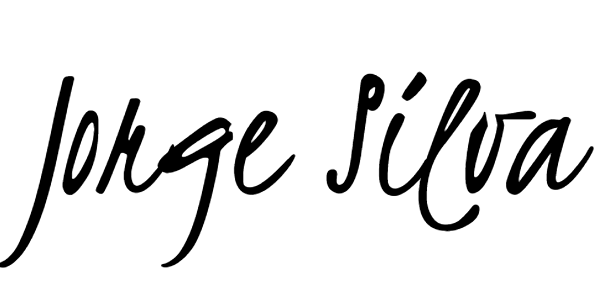- Galeria Local Newsletter
- Posts
- Issue 9: Photography as Visual Reasoning
Issue 9: Photography as Visual Reasoning
Perception, causality, and the photographic trace — from Hobbes to the mountain path
GALERIA LOCAL
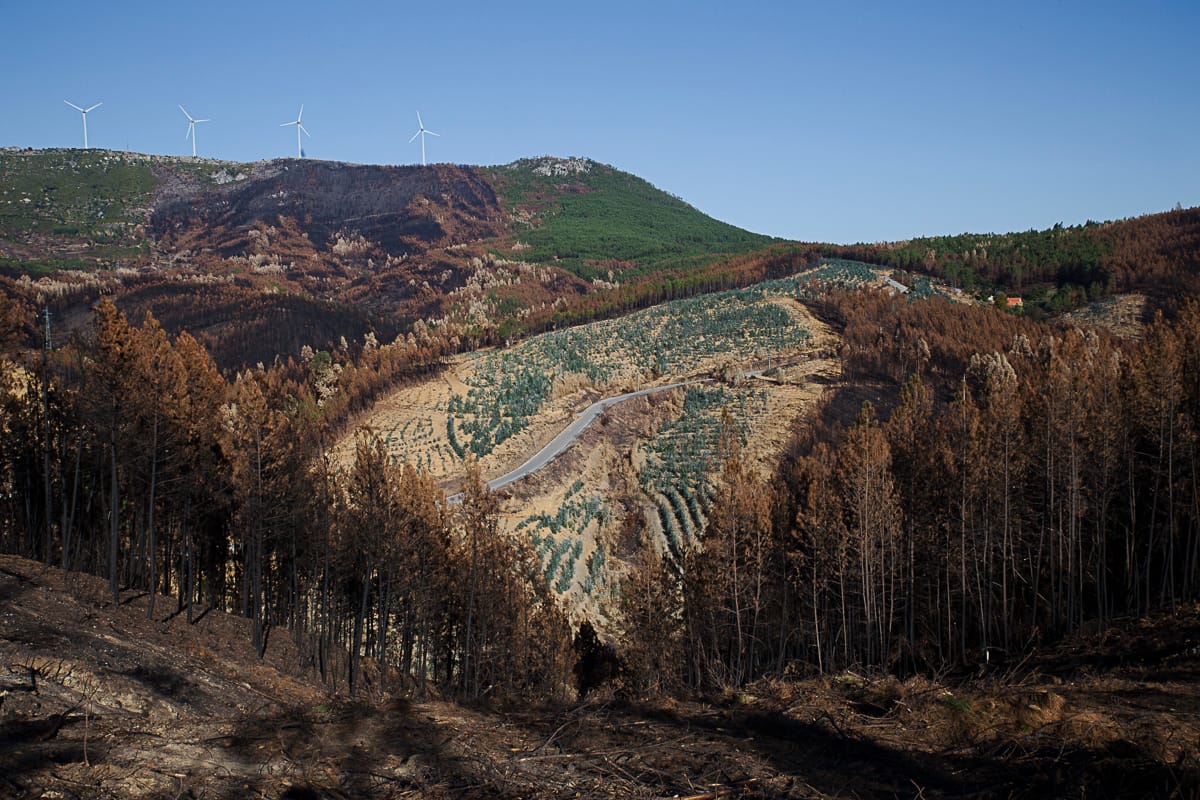
Welcome — and thank you for reading.
This issue traces two parallel paths: one conceptual, the other topographic. In the main essay, Photography as Trace of Presence, I return to Thomas Hobbes, exploring how his notion of reason as a system of calculable traces might resonate with photography’s quiet logic. If Hobbes imagined thought as a chain of linguistic signs, photography offers a visual counterpart — not abstract law, but image as imprint, as residue. In Narrative Layers, I begin a two-part chronicle from FIRELINES, my 2020 road trip through Portugal’s burned interior. This first episode is a story of vertigo and misdirection: the road to Adeganha narrows, falters, and nearly collapses. What begins as a search for a destination becomes a confrontation with isolation, panic, and the absurd geometry of mountain paths. | In the Coming Next section, we share a brief update on recent interviews with photographers Zackery Hobler and Davide Degano, offering a glimpse of what’s ahead in our exploration of landscape, memory, and photography’s limits. Dive in, and let these stories resonate. Warmly, |
Essay
Photography as Trace of Presence
Thomas Hobbes’ philosophy, as explored in Nicola Abbagnano’ s History of Philosophy, frames reason as a calculative tracing of causes through linguistic signs, a materialist lens that confines knowledge to what can be generated or known. The divine, lying beyond reason’s grasp, dwells in silence—an unknowable realm where causes falter. This boundary of reason, where silence hints at a divine presence, finds a parallel in photography’s power to imprint reality, reasoning not through words but through visual choices, as Part I’s symbolic artifacts suggest.
For Hobbes, sensory impressions—phantasms—form the root of reason, leaving traces that language organizes into causal chains. Photography mirrors this process, not as verbal discourse but as a visual tracing of presence, a revelation of what lies beyond our sensory limits. A photograph is a fragment of reality, an imprint of what was. Consider a faded family photograph: faces warmed by candlelight at a child’s birthday, a fleeting smile caught mid-glow. Its content—people, a cake—is simple, yet its power lies as an artifact, a vessel of a moment now lost. This resonates with Roland Barthes’ punctum: a detail, like that smile, that pierces with memory or absence, defying verbal explanation. Photography, shaped by choices like framing or sequencing, witnesses where our limited senses falter, revealing a glimpse of the “big picture” our minds struggle to grasp.
As Hobbes’ Leviathan—a social contract forging an enduring artificial body—transcends its parts, a photograph, whether on paper or pixels, surpasses its material form. It is a crafted artifact, detached from its origin, carrying meaning through what viewers project—memories, emotions, or senses of absence. Photography constructs meaning through its frame, yet its revelation lies in exposing reality’s trace, not inventing it.
Hobbes’ reason builds systems through causal chains, but photography traces a moment’s consequence through visual composition, a silent reasoning distinct from verbal logic. Where Hobbes’ divine eludes discourse, photography offers a visual revelation—not a worded law, but a whisper; not a scientific system, but the residue of sight. This whisper of the divine unveils the world through what lingers, its meaning shaped by the image’s quiet presence, revealing beyond the limits of our sensory and mental grasp.
Narrative Layers
This week’s Narrative Layers opens the first of a two-part story from the FIRELINES project — a journey through Portugal’s burned interior in the autumn of 2020. In this episode, the road to the village of Adeganha turns into a tense, absurd, and at times disorienting negotiation with the mountain. Darkness, isolation, mechanical risk — and a sudden moment of panic — converge on a single idea: there’s no clear way forward, and no way back either.
THE ROAD TO ADEGANHA
After passing through Sobral de São Miguel and Quintela, I climbed toward Adeganha. It was late, and the light was fading fast. The road turned into dirt, then narrowed into something wilder, hemmed in by rocks and cacti. The mountain absorbed the road completely. “You’ve arrived,” said the GPS — but there was nothing. Just blackness.
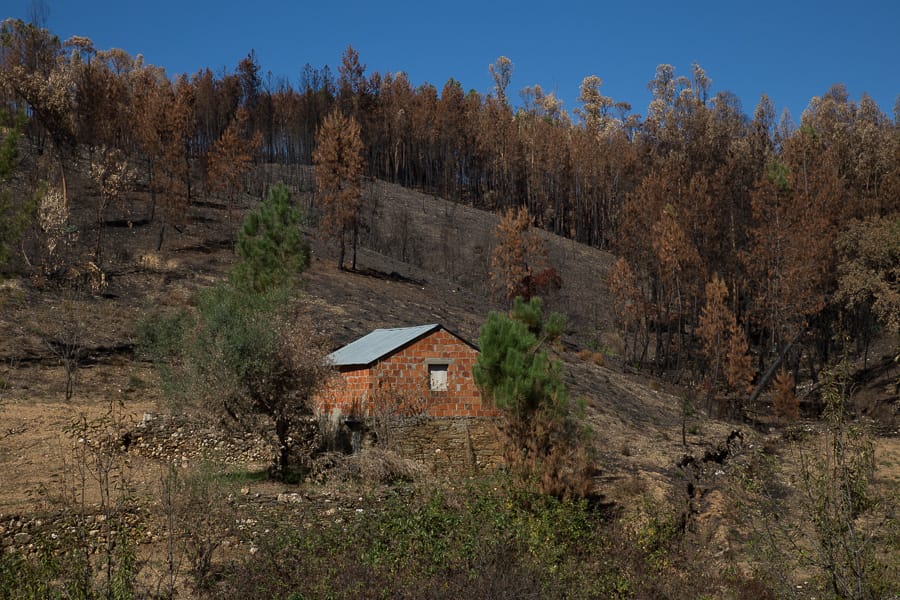 I got out of the car every few meters to check the terrain by the headlights. No signal, no internet. No way to call for help. I started to imagine the car stuck, broken. Then something rustled in the dark. I had half-joked earlier — aren’t there wolves in this area? That thought now felt urgent. I bolted back to the car, heart pounding. “The asphalt gave way to dirt, then to stones and cacti. The road vanished into the mountain, like it had never been built.” I calmed myself. I wasn’t in danger, just stuck. I remembered getting caught in a rip current once — the fear was similar, but I knew how to wait it out. With no internet, I used the cached satellite map. I was looping in goat paths. One seemed to end near farmland. I chose that one. | 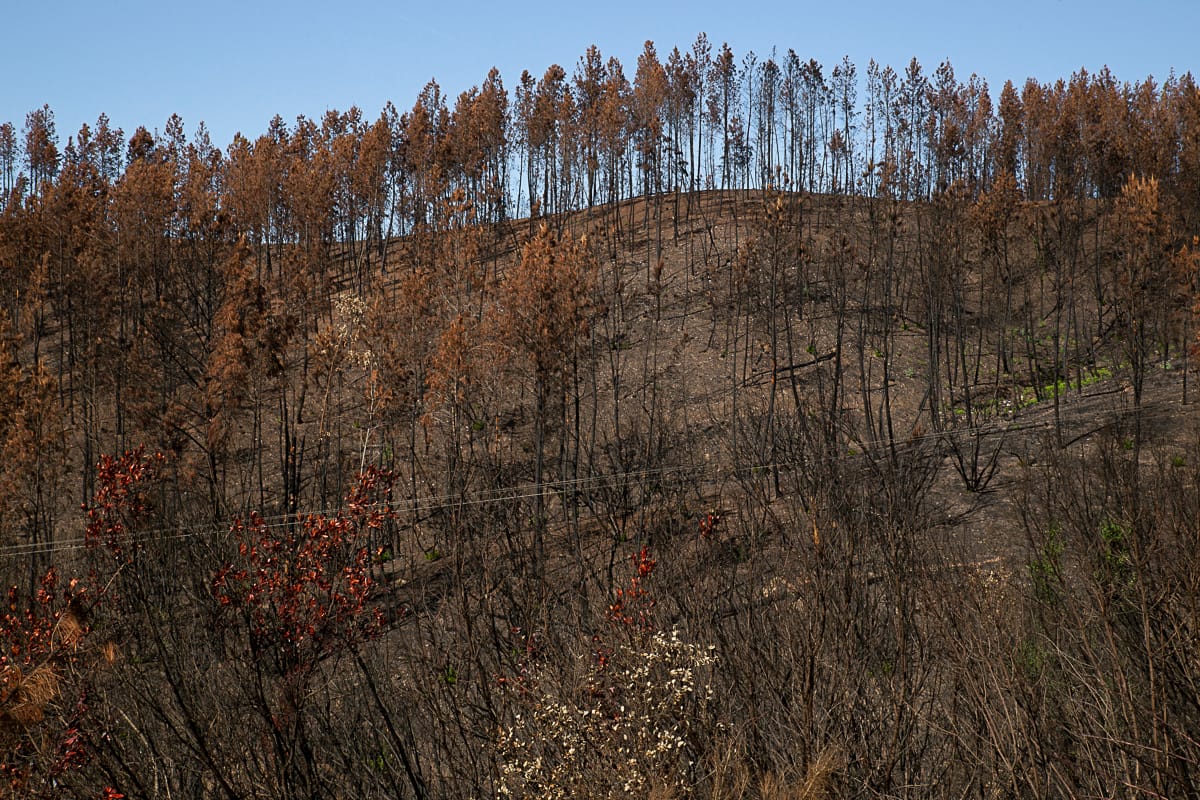 I couldn’t tell if the GPS dot was syncing. I drove blind for a while. Eventually, I had to reverse — but the car got stuck, sliding on gravel. I thought it was over. Somehow, with a few sharp maneuvers, I got it free. The wheels gripped again. I found a way through. “I was stuck in a loop of mountain paths that not even the most agile goat would dare follow.” Two hours later — and just 200 metres farther — I rolled into Adeganha. The car was scratched on both sides by wild cacti, but I was out. It was around 11 p.m. The village was silent. Stone houses. No lights, no people. I was still carrying the pulse of the mountain and unsure what to do next. 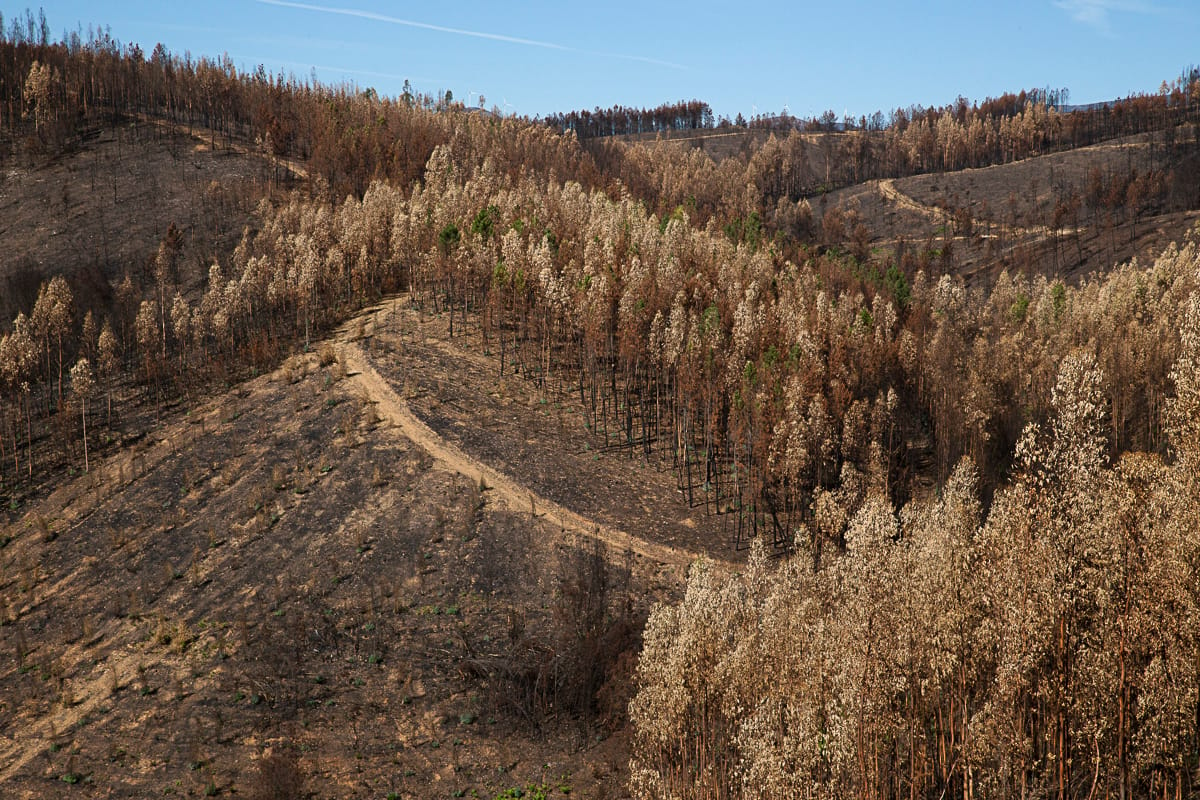 |
Arcadia’s Opening – September 2025
Opening this September at Galeria Local, Arcadia explores the tension between urban planning and natural persistence. Shot over six years across Lisbon’s gardens and peripheral green spaces, the project invites viewers to reflect on how we shape nature — and how it resists being shaped. The exhibition reimagines these sites not as fixed landscapes, but as ongoing conversations between structure and growth, intention and wildness.
Coming Next:
Zackery Hobler & Davide Degano
Both of the previously announced interviews — with Zackery Hobler and Davide Degano — have now been conducted. They unfolded in thoughtful, surprising directions, touching on landscape, memory, form, and the limits of photographic representation.
I’ll be sharing the first of these two conversations later this month, in Issue 12, with early access for Premium subscribers.
“The ordinary is a very under-exploited aspect of our lives because it is so familiar.”
Martin Parr
Until next time,
